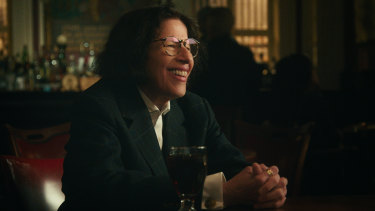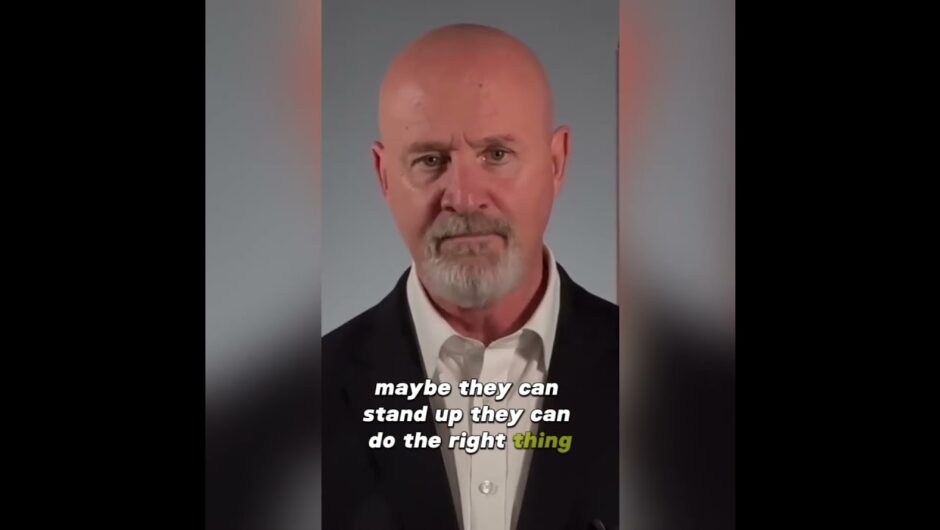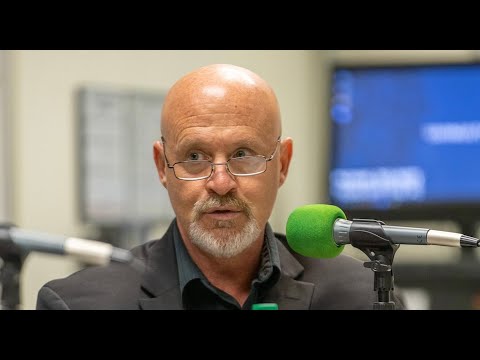A similar, bittersweet air hangs over the seven-part series, which premiered on Netflix on Friday. A follow-up to Scorsese’s 2010 non-fiction film Public Speaking, Pretend It’s a City (which Scorsese also directed) chronicles the acerbic Lebowitz in interviews, live appearances and strolls through New York – pre-pandemic – as she shares stories about her life and insights about the city’s constant evolution in recent decades.
The long-time friends have collaborated for a second time, this time to pay homage to New York City, as it was before COVID hit. Credit:Netflix
After working together on Public Speaking, what made you want to collaborate on another documentary project?
Scorsese: I enjoyed making Public Speaking. I found it freeing, in terms of narrative. But primarily, it’s about being around Fran. I really would like to know what she thinks, pretty much every day, as it’s happening. I’d like a running commentary – not all the time, but one that I can dip in and out of during the day.
Do either of you worry that Fran is a finite resource and you will eventually exhaust her supply of wit?
Lebowitz: You mean, am I worried about running out of things to say? No. I am worried about running out of money. But it never even occurred to me that I would not have something to say. It’s just there. It’s like having a trick thumb.
Loading
The series is divided into fanciful chapters like Cultural Affairs and Department of Sports & Health. How did you settle on these subjects?
Scorsese: We always felt we should have topics. She’ll start on a topic, and then it’ll go off like a jazz riff into a thousand other places. Eventually, we might be able to pull it back. In a lot of the films I make, the types of actors I work with, the dialogue is like music – it’s the timing and the emphasis. She has that.
Lebowitz: Of course, I am the world’s most digressive speaker, but what you’re really seeing at work is editing. I don’t remember how many days we shot this, but I’m confident that it was an infinitesimal amount compared to how much time it took him to edit.
Scorsese: I try to get that kind of freedom in my narrative films, but I very often am stuck to a plot.
Lebowitz: I am plot-free, so no problem. [Laughter.]
How did the pandemic affect the making of this series?
Lebowitz: We shot it way before there was a virus. When the virus happened, Marty said, “What should we do? What can we do?” At the height of the shutdown, I went out walking around the city, and Marty sent Ellen Kuras [ director of photography on Pretend It’s a City], and what she filmed was incredibly beautiful. But I said to Marty, “I think we should ignore it.”
Scorsese: We tried it. We edited sequences. It was OK, and then a week later, the city changed again. All these stores were closed and they had boards up. A week later, something else changed. So I said, “Let’s just stop it.”
Lebowitz: We’re not journalists. We don’t have to be on top of the news.
Does the series feel different to you because of the pandemic?
Lebowitz: There’s a difference for sure. I thought of the title, Pretend It’s a City, when New York was packed with morons who would stand in the middle of the sidewalk. And I would yell at them: “Move! Pretend it’s a city!” The people who have seen it since then – an agent of mine said, “Oh, it’s a love letter to New York.” Before the virus, it was me complaining about New York. Now people think it has some more lyrical, metaphorical meaning.

“Am I worried about running out of things to say? No. I am worried about running out of money,” says Lebowitz with her trademark candour. Credit:Netflix
Do you worry that New York won’t fully return to what it was before the pandemic?
Lebowitz: I have lived in New York long enough to know that it will not stay the way it is now. There is not a square foot of New York City, a square foot, that’s the same as it was when I came here in 1970. That’s what a city is, even without a plague. But I’d like to point out, there were many things wrong with it before. After the big protests in SoHo, I saw a reporter interviewing a woman who was a manager of one of the fancy stores there. The reporter said to her, “What are you going to do?” And she said, “There’s nothing we can do until the tourists come back.” I yelled at the TV and I said, “Really? You can’t think what to do with SoHo without tourists? I can! Let me give you some ideas.” Because I remember it without tourists. How about, artists could live there? How about, let’s not have rent that’s $190,000 a month? How about that? Let’s try that.
Has the pandemic ever made you feel more vulnerable or aware of your own fragility?
Lebowitz: It makes me feel angrier. Luckily, I have managed to distill all human emotion into anger. It doesn’t matter what the initial emotion is: It could be despair, sadness, fear – basically I experience it as anger. It makes me feel angry because this didn’t have to happen at all.
Scorsese: I actually don’t know where I belong on the island. I grew up downtown when it was pretty tough in that area. Now it’s very chic. It’s no longer home for me, certainly. I’ve grown old, and out, in a way. I have been locked in and working on FaceTime. I have been trying to make this movie [Killers of the Flower Moon] since March. Every two days, they say we’re going. And then they say, no we’re not. It’s a state of anxiety and tension. But in any event, I really haven’t gone out that much. I can’t take a chance, either.
The day the pandemic is over – there’s no longer any risk of the coronavirus and we can all return to our usual lives – what’s the first thing you do?
Scorsese: First thing I would say is, please, to go to a restaurant. There’s a few that I’m missing a great deal. I’ll never eat outside. I don’t understand how you can sit there and the fumes from the buses come in. I don’t get it. It’s not Paris.
Lebowitz: I’ve been eating outside. There is no greater testament to how much I hate to cook than the fact I will sit outside in 28-degree weather, trying to eat with gloves on. I would like to eat at a restaurant. Also, I would like to crawl around underneath the tables in the rare book room at the Strand and when I bring the things to the register and the guy goes, “Where did you find this?” It was under the table. “We haven’t priced it yet! You’re not supposed to take it out from under there.” Well, I did, so how much is it?
Most Viewed in Culture
Loading







